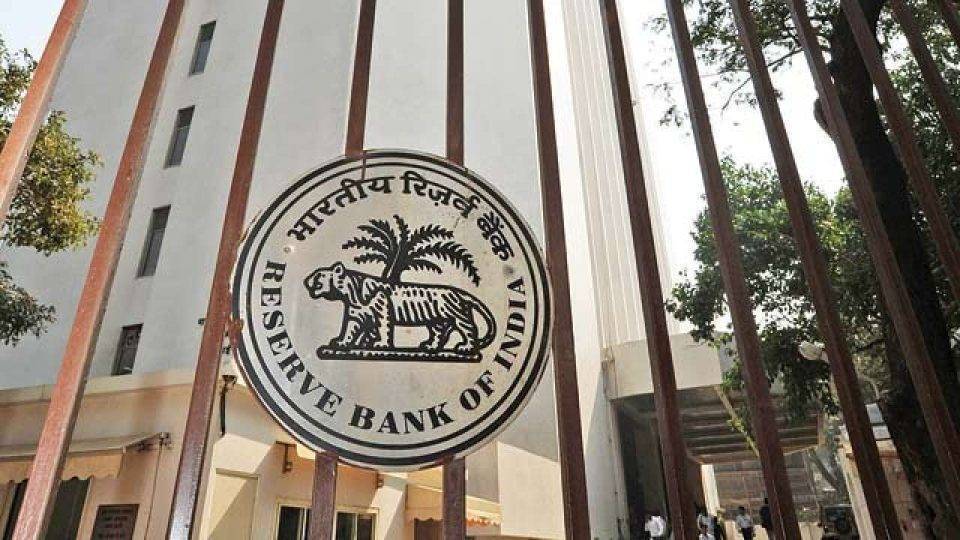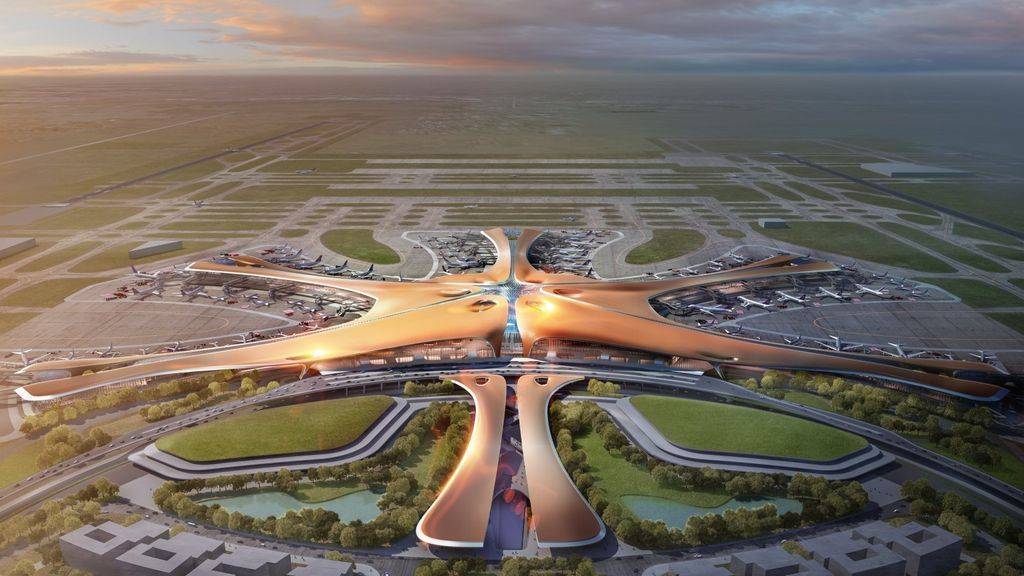In the first half of 2024, India's real estate market attracted $3 billion in cross-border investments, reflecting the country's growing prominence in the Asia-Pacific (APAC) region. According to a report by Knight Frank, India ranked fifth in the APAC region for cross-border real estate investments, capturing 9% of the total investment volume. This influx of capital underscores the confidence global investors have in India's economic fundamentals and its real estate sector's potential.
APAC Investment Landscape
The APAC region saw a total of $11 billion in cross-border real estate investments during the first half of 2024. Australia led the region, receiving 36% of the total investment, followed by Japan with a 23% share. These two countries, along with Singapore, have traditionally been magnets for global investors due to their stable economies, transparent regulatory environments, and robust real estate markets.
In comparison, India’s 9% share is notable given the diverse economic challenges and opportunities present within the country. The increased investment is a testament to India’s improving market conditions, regulatory reforms, and the government’s efforts to make the country more attractive to foreign investors.
Sectoral Allocation in India
Within India, the office sector emerged as the top recipient of global capital, attracting 36% of the total investment. This trend highlights the robust demand for commercial real estate assets in the country. Factors such as the expansion of multinational corporations, the growth of the IT and service sectors, and the increasing need for modern office spaces have driven this demand. The commercial real estate market in cities like Mumbai, Bengaluru, and Delhi NCR continues to attract significant investment due to the high rental yields and strong occupancy rates.
The industrial sector also attracted substantial investment, securing 30% of the total. The rise in demand for logistics and warehousing spaces, driven by the e-commerce boom and the government's push towards improving supply chain efficiencies, has made this sector increasingly attractive to investors. The development of industrial corridors, special economic zones (SEZs), and policies promoting manufacturing have further boosted investment in this sector.
The residential sector garnered 15% of the total investment, reflecting ongoing urbanization and the growing need for housing solutions. Government initiatives such as the Pradhan Mantri Awas Yojana (PMAY) and other affordable housing schemes have spurred investment in residential projects. Despite challenges like regulatory hurdles and market saturation in some areas, the residential sector remains a key area of focus for both domestic and international investors.
Meanwhile, the retail sector accounted for 10% of the investments. The resilience of the retail sector, despite the challenges posed by the COVID-19 pandemic and evolving consumer behaviors, has been notable. The growth of organized retail, shopping malls, and high-street retail spaces has attracted significant investment. As consumer confidence returns and spending increases, the retail sector is expected to see continued investment growth.
Growth Prospects and Economic Context
Shishir Baijal, Chairman and Managing Director of Knight Frank India, expressed optimism about the future, stating, "The expected turnaround of global economies in the second half of the year is likely to encourage more foreign private equity players to take advantage of the country’s robust domestic macros." This sentiment is bolstered by India's stable economic indicators, including strong GDP growth, a favorable demographic dividend, and proactive policy measures aimed at fostering a conducive investment environment.
In contrast, the Chinese property market continues to struggle. China received only a tenth of the total investment flows to the region, highlighting the ongoing crisis in its real estate sector. Factors such as regulatory crackdowns, debt issues among major developers, and a slowdown in economic growth have deterred investors from the Chinese market.
Regional Investment Trends
Knight Frank's report indicates that cross-border investments in APAC real estate are expected to rise by a third in the second half of 2024. The office sector is anticipated to continue attracting significant capital, accounting for 30% of cross-border investments, while the logistics sector is projected to receive 29%. This trend reflects the ongoing demand for high-quality office spaces and the growing importance of efficient logistics and supply chain infrastructure in the region.
Australia is expected to lead in cross-border investments in the latter half of the year, with a forecasted 129% increase from the previous year. The country’s strong economic fundamentals, stable political environment, and transparent regulatory framework make it an attractive destination for real estate investments. For the full year 2024, Australia, Japan, and Singapore are projected to be the top three destinations for real estate investments, driven by their economic stability and favorable investment climates.
Historical Context and Market Recovery
Christine Li, Head of Research at Knight Frank Asia-Pacific, provided a historical perspective, noting that transaction volumes in the region typically normalize within 30 months following major economic downturns. "Historical analyses of previous crises, including the global financial crisis, the Chinese economic slowdown, and the COVID-19 pandemic, demonstrate that transaction volumes in the region typically normalize within 30 months," she said. Given that the region is currently in the 24th month of a high interest-rate-induced downturn, Li suggested that the second half of the year presents a prime investment window for acquiring undervalued assets.
This analysis indicates that investors are beginning to see opportunities in the current market conditions, particularly in undervalued assets that may offer significant returns as the market recovers. The expectation is that as interest rates stabilize and economic conditions improve, investment volumes will increase, driving growth in the real estate sector across the APAC region.
Conclusion
India's strong performance in attracting cross-border real estate investments highlights its growing appeal as a lucrative market for global investors. With significant capital flowing into the office, industrial, residential, and retail sectors, the country is well-positioned to capitalize on its robust economic fundamentals and favorable investment climate. As global economies stabilize and investor confidence returns, the second half of 2024 is expected to bring further investment opportunities, reinforcing India's status as a key player in the APAC real estate landscape.
Image source- Pinterest









.png)